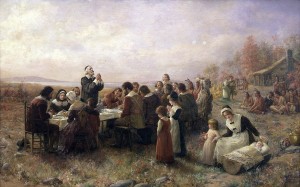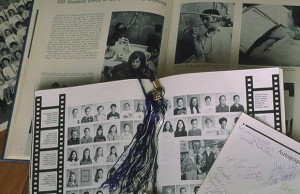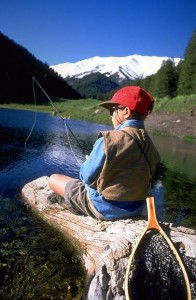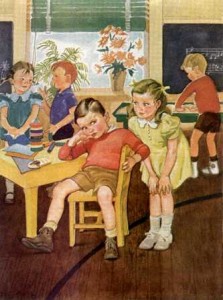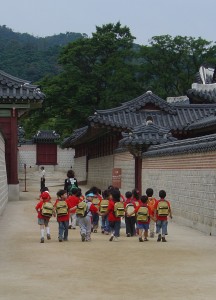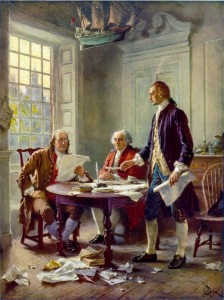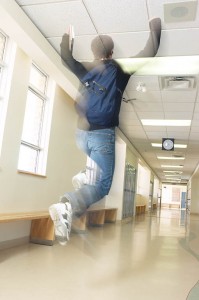Last Sunday was the first Sunday in Advent according to the Christian liturgical (church) calendar. Advent marks the start of the Christmas season. The term “advent” comes from a Latin root meaning “to come” or “coming.” In the Bible, the people of the Old Testament anticipated (looked forward to) the coming of a Messiah. Christians believe that Jesus was the promised Messiah, and celebrate his birth at Christmas. Hence, we call the four-week period before Christmas “Advent.” In Christian churches it is a common practice to have an “Advent wreath.” An Advent wreath is a horizontal wreath with four or five candles. One candle is lit on the first Sunday in Advent, two candles are lit on the second Sunday, and so on, with the fifth and final candle (sometimes called the “Christ candle”) being lit on Christmas Day.
With the secularization of Christmas, there is not a great emphasis on the religious significance of Advent. However, some of the anticipatory aspect is retained with the cultural tradition of an “Advent calendar.” As you might imagine, children love Christmas, and they find it difficult to wait for the big day. Twenty-five days is a very long time when you’re a child, especially if you don’t know how to read a calendar! So to help children count down the days until Christmas, they use an Advent calendar. An Advent calendar is a calendar with twenty-four “doors” representing the dates December 1 through December 24. Every day starting at the beginning of the month, children count down to Christmas by opening up a door, revealing a picture, a poem, part of a story, or similar item to capture and hold the interest of the children. Some calendars might even have a small toy or chocolate behind the door.
In America, a kind of “audio” Advent calendar is a radio program called “The Cinnamon Bear.” First aired in 1937, “The Cinnamon Bear” is an old-fashioned radio show consisting of a series of 26 fifteen-minute episodes that ran daily from late November until Christmas Eve (December 24). The story follows the adventures of twins Judy and Jimmy as they try to get the Silver Star to put on top of their Christmas tree. Various things happen to the Silver Star – the Star gets lost or stolen by different characters – so each episode ends in a “cliff hanger,” which encourages the children to tune in the next day to find out if Judy and Jimmy will ever manage to get their Silver Star back so they can finish decorating their Christmas tree. Some radio stations air this beloved program every year, starting just after Thanksgiving. If you like, you can listen to the episodes here. It’s great listening practice for ESL!


